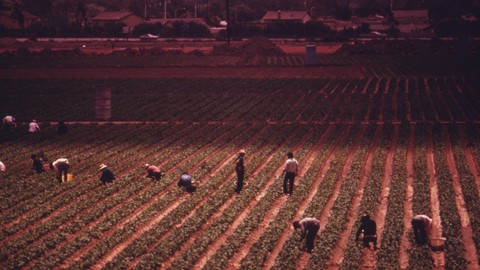
U.S. Sen. Alex Padilla and the United Farm Workers union say a recent death in a tomatillo field was due to heat, but a coroner’s report doesn’t back that up.

California has used reclamation districts to turn millions of acres of unusable swamps into fertile agricultural land, starting in the earliest days of the Gold Rush. Here’s how it happened.
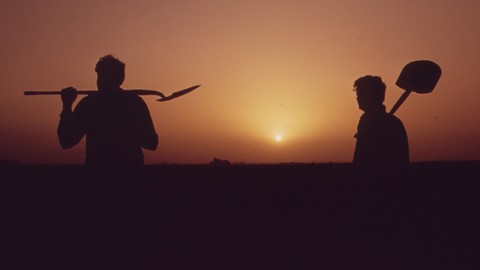
A workers comp study says one day above 100 degrees can cause 15 percent more accidents, costing workers and employers millions. A new advisory panel may help the state improve its work heat rules.

Marie Heilman of Winters, who is happy to be alive, wants people to guard against mosquitoes and the deadly virus they carry.
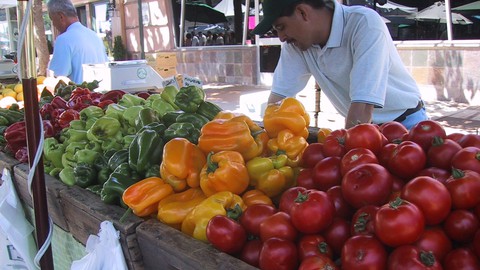
A popular program doubles CalFresh benefits to buy fruits and vegetables at farmers’ markets. It is among the California food benefit programs on the table in the budget negotiations between legislative leaders and Gov. Newsom.
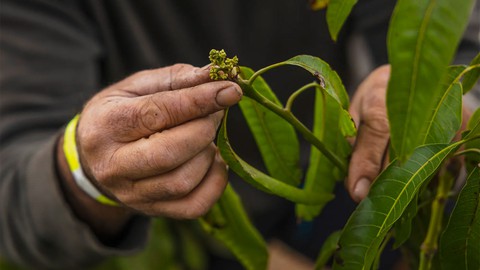
The future of farming in California is changing as the planet warms, altering the rain and heat patterns that guide which crops are grown where. “We’re adjusting for survival,” one grower said.

Before foodies and food porn came California cuisine. These 10 people helped create a movement that celebrated dishes that are local, seasonal and sustainable.
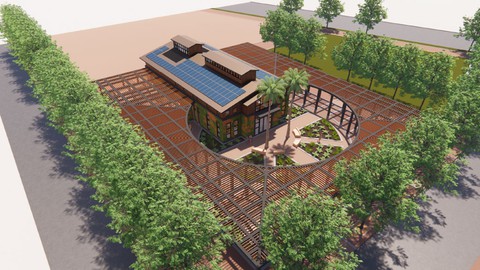
The Alice Waters Institute for Edible Education will serve as one of the anchor tenants for the $1.2 billion project in Sacramento.

The renowned Chez Panisse chef believes we’ve lost our connection to nature—and we’re afraid. She wants to help fix that.
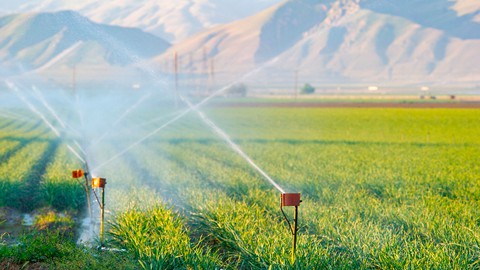
The San Joaquin Valley plans, serving low-income Latino communities, were deemed inadequate for preventing dry wells and sinking land.
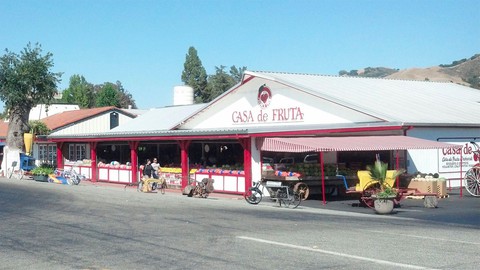
California is the top agricultural producer in the U.S., and a top beneficiary of visitor spending. So naturally, we’ve got fun, food-driven tourist magnets.
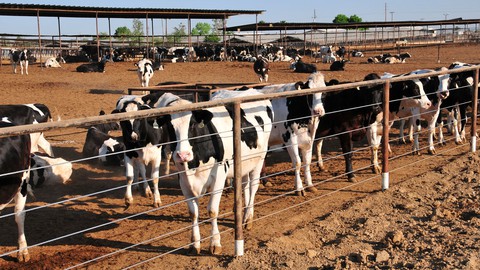
California is a leading producer of agricultural crops. So it’s not surprising to find cutting-edge ideas taking root here.
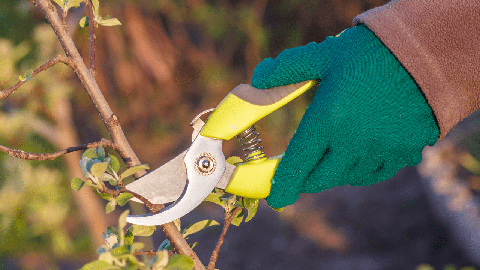
We’ve made our proprietary content management platform available for fellow publishers.

Californians have the perfect opportunity to remember César Chávez by making March 31 a day of service.
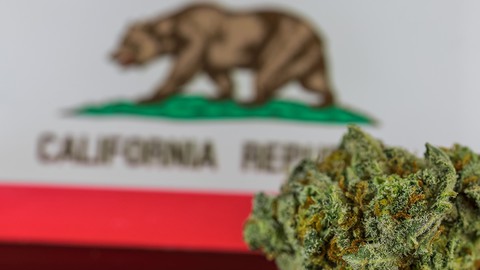
California’s cannabis business is blossoming, but industry experts tell the Sacramento Bee that the state is leaving money on the table.
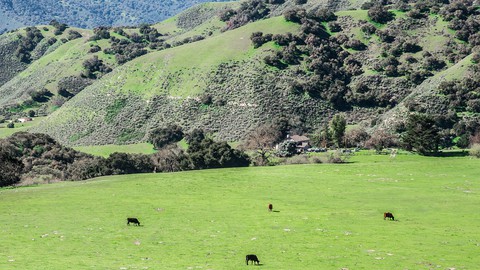
What do resource conservation districts protect? Pretty much everything that’s worth saving.
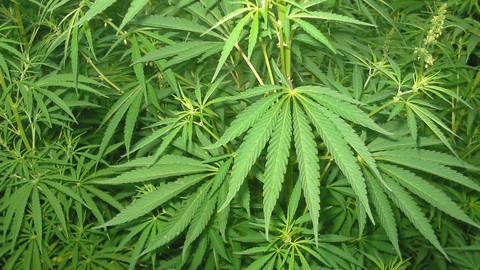
Cumbersome state bureaucracy and competition from their illegal counterparts has made life perilous for California’s nascent legal cannabis businesses.
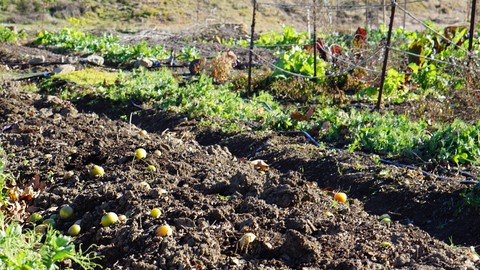
Californians Against Waste was one of the main advocates behind SB 1383, which requires California to divert 75 percent of its organic waste from landfills. California Local talked to CAW’s Nick Lapis to learn more about what it does and …
In 2022, California trash haulers will begin turning millions of tons of methane-emitting organic waste into a new cash crop: compost.